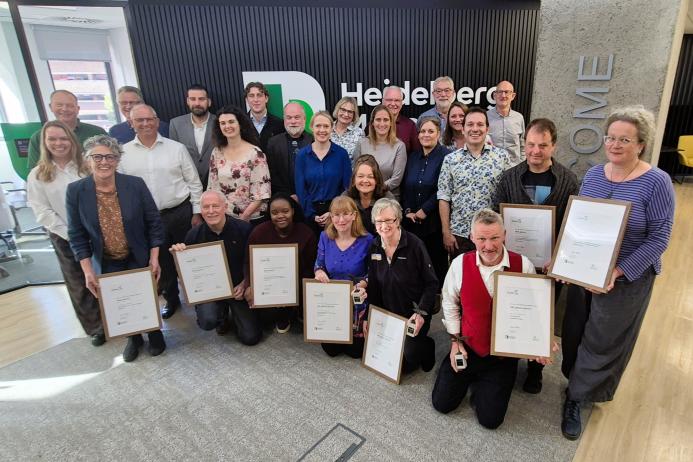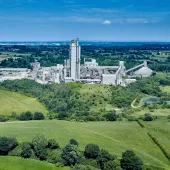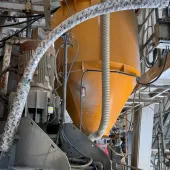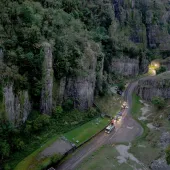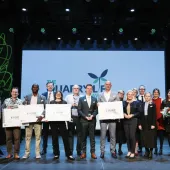UK winners of Quarry Life Award announced
Heidelberg Materials UK reveal winners of their sixth nature-based Quarry Life competition
HEIDELBERG Materials UK have announced the UK winners of their sixth Quarry Life Award, with projects at their Horton Quarry in North Yorkshire and Batts Combe Quarry in Somerset taking top honours.
The nature-based competition, which takes place every three years, aims to support and increase biodiversity at quarry sites, strengthen communication channels with neighbours, and educate and raise awareness about the importance of nature and habitats.
At a national level, the competition has two streams, research and community, both of which have a top prize of £4,000, and outstanding projects from across the country were recognized at an awards ceremony held at the company’s head office in Maidenhead.
The judging panel, which included Stephanie Gresham, environmental professional consultant, and Catherine Cullen, mineral business advice manager at RSPB, as well as Heidelberg Materials UK’s chief executive officer, Simon Willis, sustainability director, Marian Garfield, and principal landscape architect, Georgina Watkins, were particularly impressed with the high standard of this year’s projects and their potential benefits.
The winning project in the research stream, carried out by Dr Carly Stevens, Professor of Plant Ecology and Soil Biogeochemistry at Lancaster University, investigated whether summer or winter grazing is more effective in promoting the biodiversity of rare limestone pavement habitats found at Horton Quarry, in the Yorkshire Dales National Park. The project will run for several more years to provide further insight into how to best manage these pavements.
The Bug Big Build project, which created a bug hotel shaped like a quarry truck at Batts Combe Quarry in Cheddar, claimed the top prize in the community stream. The project was led by the Axe Valley Men’s Shed, a social group that supports men’s mental health and well-being through practical skills and initiatives, in partnership with the Somerset Earth Science Centre, a charity dedicated to educating people about the mineral extraction industry and its relationship with the environment. It used recycled pallets to create a habitat for a variety of insects, which are vital for a healthy ecosystem.
Marian Garfield, sustainability director at Heidelberg Materials UK, said: ‘We have been really impressed by all the entries this year. The range of projects all explore ways to enhance biodiversity at extraction sites and engage local people to learn more about nature and habitats.’
The UK runners-up were:
Rocks, humans, nature – stone circle pilgrims: at Bulls Lodge Quarry, sculptor Billie Bond and photographer Angus Stewart
Stuck in the mud: Quarry lake sediments as long-term pollution traps: at Barton Quarry, Loughborough University.
Exploring the implications of seed mix choice on the restoration of biodiverse grasslands: at Grange Top Quarry in Ketton, Cranfield University.
What’s the best restoration? A survey, analysis and evaluation of restoration opportunities: at Glebe Farm, Bubbenhall Quarry, Warwickshire Wildlife Trust Dunsmore Living Landscape Scheme.
All projects will now advance to the international stage of the competition, where they will compete in six categories, each with a prize of €10,000, and a €30,000 overall top prize.

